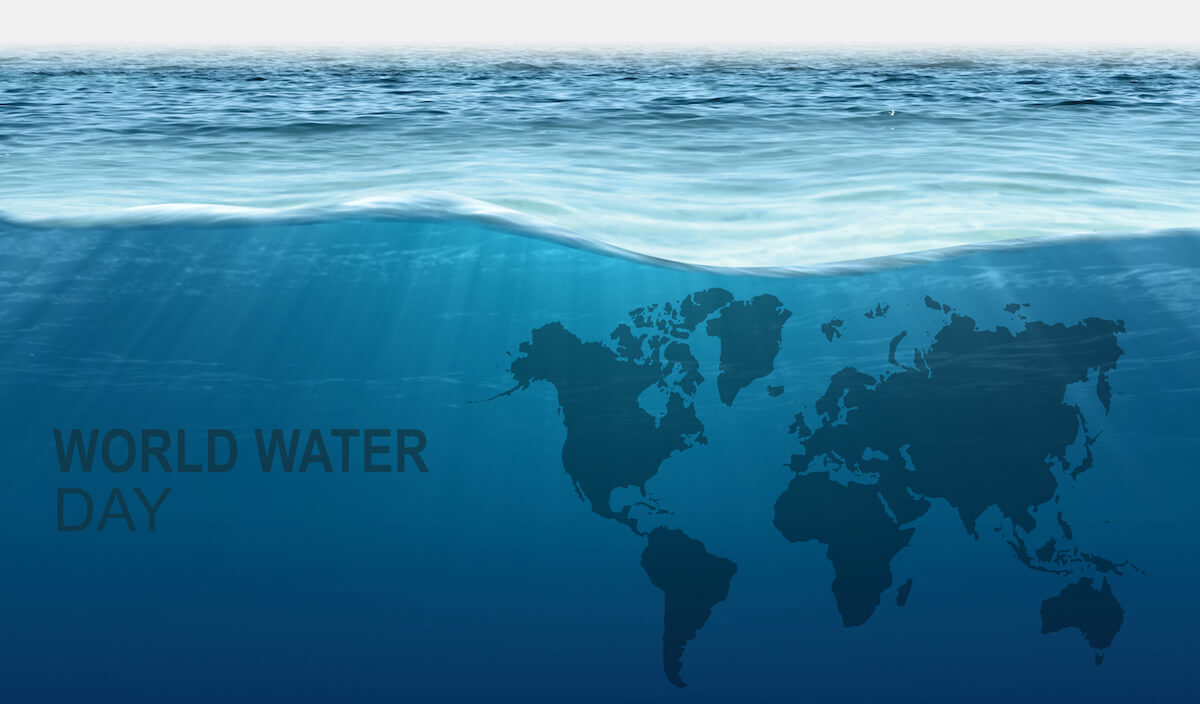March 22 was World Water Day, a perfect excuse to reflect on water use in semiconductor manufacturing.
What industry leaders are doing about water conservation
All the nominees for the 3D InCites 2023 Sustainability Award are tackling water conservation and recycling.
- Henkel reduced water use per ton of product by 28% since 2010. Can it achieve its goal of a 35% reduction by 2025?
- TSMC is halfway to its goal of reducing water consumption per mask layer 30% by 2030.
- Lam Research is focused on decreasing consumption in water-stressed regions. The company has saved 6.3 million gallons toward its goal to save 17 million gallons by 2025.
- TEL is looking to maintain the reductions it previously achieved. It received a grade of A- for Water Security from CDP in 2022.
Are these achievements and goals for the future enough to mitigate problems with our global water supply? There isn’t space in this blog for a thorough analysis, nor would readers want to wade through dense data.
Eventually, we will see diminishing returns. Once a company recycles 100% of its water in-house, it can’t recycle more. Sometimes it is possible to switch to manufacturing processes that require less water, but other tradeoffs may not make sense. At some point, water consumption per unit can’t drop much further.
It is time to bring in new ideas. The remaining award nominee, SEMI, is not a big water user, but the organization supports innovative ideas.
We need new technology
Typical approaches to water conservation can only go so far. Fortunately, multiple start-ups are inventing new technologies that can have a greater impact. These technologies aren’t only for the semiconductor industry. But since our industry is very water hungry, it’s an excellent use case.
SEMI’s Startups for Sustainability is bringing needed visibility to businesses that are finding better ways to manage water in industrial applications, including fabs. The following three companies were finalists in the 2022 competition.
2S Water
As I noted in a previous blog post in this series, water treatment is essential. Fabs need to know what is in the water they use in their processes and in their wastewater. 2S Water makes real-time sensors that can detect twenty different metals. Each multi-element detector can measure concentrations of up to five metals. The concept is that real-time data can reduce the need to add excess chemicals and ensure that facilities are releasing toxic metals into the environment. That’s great, but sometimes knowledge isn’t enough. That’s where filtration comes in.
Membrion
Membrion makes flexible ceramic desalination membranes. Despite the name, these membranes are not just for removing salts. The ion exchange technology filters metals, minerals, and harsh chemicals from industrial water sources. Semiconductor manufacturers can use the membranes to filter and reuse water on-site rather than trucking contaminated wastewater to a separate facility for processing. Membrion’s products can also reduce the need for single-use filters.
In an episode of the 3D InCites podcast, Françoise asked if desalination could allow fabs to use seawater as a water source. It’s a compelling idea. Fabs require millions of gallons of fresh water every day. Especially for island nations like Taiwan that are surrounded by seawater, what if they could harness the sea? It’s not that easy. There is no infrastructure to collect seawater to bring it into fabs, seawater contains far more varied contaminants than wastewater inside fabs, and many other problems are associated with large-scale desalination.
Infinite Cooling
Infinite Cooling captures output from a different source: cooling towers. Cooling towers emit plumes of vapor that may look like smoke but are mostly steam. (The company’s website features a moving image with an array of towers releasing vapor clouds.) Infinite Cooling’s technology uses electrostatic fields to precipitate and recover the vapor. The result is high-purity water that can return to the fab instead of being emitted into the surrounding environment. The technology helps customers save water and energy.
SEMI is now evaluating submissions to the 2023 Startups for Sustainability program. Circularity for water and waste is one of the criteria. The longer we can keep each gallon of water in circulation, the better, so I applaud this focus. I look forward to learning about more creative solutions in this space.






















